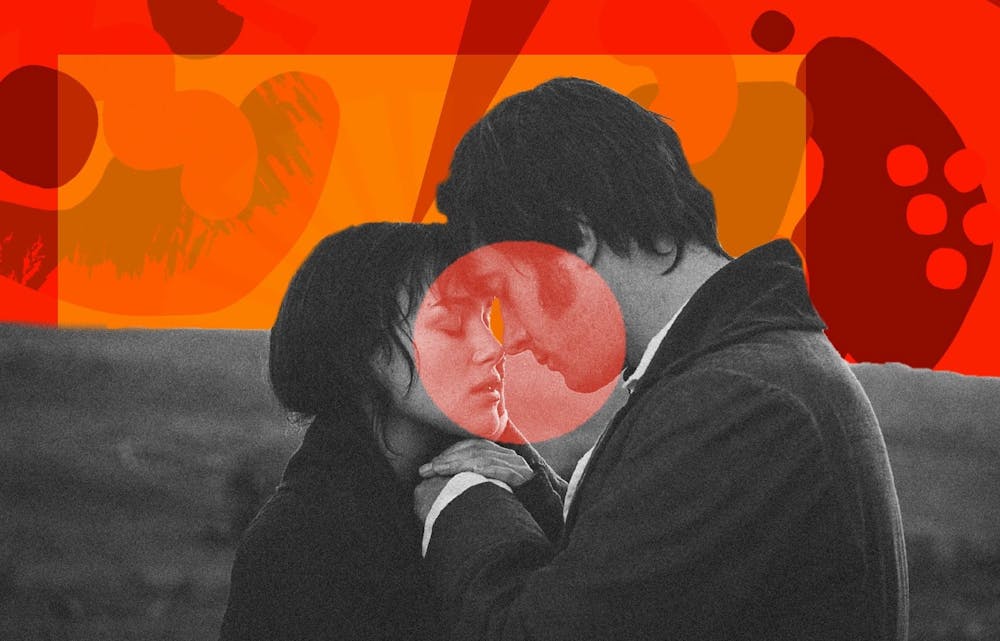The first time I watched 2005’s Pride & Prejudice, the most recent film adaptation of Jane Austen’s classic novel starring Keira Knightley and Matthew Macfadyen, I was taken away by the breathtaking romance. The second time I watched it—because it’s one of the films you can watch an infinite number of times—I was with friends who had intended to study. However, when Mr. Darcy crossed the foggy moor in his billowing shirt to finally reunite with Elizabeth Bennet at the end of the movie, my friends' eyes were glued to the screen. It’s a romance that can draw anyone in, from classic lit enthusiasts to casual movie fans. However, Pride & Prejudice garnered mixed reviews from audiences: Some loved it, but Austen enthusiasts were less enamored.
In the audio commentary for the film, director Joe Wright describes how it was influenced by films from his childhood, like classic 1980s American teen movies. This influence is evident in the sense of fun and startlingly modern humor of the film, which is unexpected for a period drama. Small moments—the awkward initial moment of boy meets girl or the way teen girls look at each other when boring men are talking—call back to movies like The Breakfast Club and Sixteen Candles. You can even catch a hint of Mean Girls in there, as the characters fit modern–day teen movie stereotypes, even though their angst is displayed in period dresses over beautiful cliffside vistas. Pride & Prejudice is an innovative mix of genres. It's a period film with the vibe of an '80s teen rom–com. Yet, it’s a historical drama that prioritizes its characters’ journeys.
The film captures how younger audiences approach classic literature or analyze their high school English class readings—with memes. If you look at the SparkNotes Twitter, or even just search Pride & Prejudice on Tumblr, you’ll be inundated by classic lit memes. That sense of humor and absurdity is something Austen would appreciate, as her famous novels often mocked and satirized class and social etiquette. 2005’s Pride & Prejudice captures that same sense of humor.
That’s not to say the film is a perfect adaptation—what’s important is that it’s new and original in its take on a text that has been translated to screen many times before. The 1995 Pride and Prejudice mini–series is an acclaimed adaptation of the text, and it’s definitely a more complex and accurate take on the novel. The mini–series had time to flesh out multiple storylines and take advantage of an ensemble cast of characters, and it emphasizes the themes of class, wealth, and marriage. However, the film fits a lot in its limited run–time, and shouldn’t be compared to the mini–series, as it's a different beast.
Though Pride & Prejudice came out in 2005, it still feels like a fresh take on a beloved story; Mr. Darcy remains, for many, the ideal romantic hero. It’s one of the few classic romantic films that hasn’t aged badly, and, like the novel it’s based on, remains timeless.
Beyond that, though, it’s just a good movie. Despite its cheesy ending, it stirs emotions, makes you love the characters, and convinces you to root for their love story. It has beautiful people doing beautiful things in beautiful places, sometimes during an artful rainfall. Its cast is immensely talented, its settings are lush landscapes or historical buildings, and the overwhelming sense of English posh makes for a good escape. It’s a satisfying watch, and sometimes we forget that that’s all movies really have to be.
Pride and Prejudice is about finding yourself through the eyes of another, and the 2005 film captures that beautifully. Its success and legacy are evident in the 2020 film adaptation Emma, which takes a similarly whimsical tone and aesthetic to adapt another Austen work. Adaptations are always hit or miss, but Pride & Prejudice endures.







